The different works known by the name of Puranas (od old) are evidently derived from the myth-heroic stage of Hindu belief. The Puranas are commonly stated to be eighteen in number. It is said there are also eighteen Upa-Puranas or Minor Puranas-but the names of all these are not found. The principal eighteen Puranas are Brahma, Padma, Visnu, Siva, Bhagvata, Naradiya, Markandeya, Agni, Bhavisya, Brahma Vaivarta, Linga, Varaha, Skanda, Vamana, Kurma, Matsya, Garuda and Brahmanda. All these Puranas are classed into three groups according to the qualities which prevail in them. The Matsya Purana remarks that those in which glory of Hari or Visnu prevails are Sattvika; those in which the legends of Agni of Siva predominate are Tamasa and those which dwell most on the stories of Brahma are Rajasa. The Agni Purana, that is the cream of all sciences and the cause of all (13) creation and dissolution, of various families, periods of Manu and genealogies. The Lord Visnu assumes the forms of fish, tortoise etc. There are two sciences, superior and inferior. O twice-born one, the Veda, Rik, Yajus, Saman and Atharvan, the six auxiliaries of the Vedas, namely (Siksa), the science of proper articulation and pronunciation, (Kalpa) ritual or ceremonial, (Vyakarana) grammar, (Nirukta) etymological explanation of difficult Vedic words (Jyotis) astronomy, (Chandas) science of prosody, (Abhidhana) lexicon, Mimamsa, Dharma Sastras Nyaya, medical science, musical science, the science of archery and Political economy these all are the inferior sciences. The superior science is that by which Brahman is comprehended (14-17). I will describe unto thee the great Purana, Agni, containing the great and eternal knowledge of Brahman, that which is invisible, incomprehensible, stable and eternal. In the general treatment of the subjects of the author, however, does not stick to the five principal topics which should constitute a Purana. He even loses sight of the two knowledge, divine and secular set forth by him originally in the introduction. He has introduced a number of topics, useful to men, without any system or methods, His work is more like an Encyclopaedia, containing a variety of useful topics bearing on later Sanskrit learning. The early chapters of this Purana describe the Avataras, and in those of Rama and Krsna, avowedly follow the Ramayana and Mahabharata. A Considerable portion is appropriated to instructions for the performance of religious ceremonies; many of which belong to the Tantrik rituals and are apparently transcribed from the principal authorities of that system. Some belong to mystical forms of Siva worship, little known in Hindusthan, though perhaps, still practiced in the south. One of thee is the Diksa or initation of a novice; by which numerous ceremonies and invocation in which the mysterious monosyllables of Tantras are constantly, the disciple, is transformed into a living personation of Siva, and receives, in that capacity the homage of his Guru. On the final analysis, the Agni Purana shows that it owes much to the various branches of literature of early medieval times and is especially indebted to the four Vedas, Upanisads, Smrtis, Visnudharmottara and the Harivamsa uranas; the Visnu and the Matsya Puranas, the two epics, the Ramayana and the Mahabharta; the Hayasirsa, the Gita, the Samkhya, the Vedanta, the Samhita of Caraka and Susruta and Naradiyasiksa Monoyllabic lexicography of Ksapanaka, the Pingalasutra, the lexicon of Amarsimha, Bharata, Bhamaha, Dandian etc. Vaisnava and Saivagamas. Thus Agni Purana presents essence of all branches of knowledge and is an encyclopedia of all that existed.
The Agni Mahapuranam (In 2 Volumes)
In stock
Free & Quick Delivery Worldwide
reviews
Bibliographic information
Title
The Agni Mahapuranam (In 2 Volumes)
Author
Edition
1st ed.
Publisher
ISBN
8178540878
Length
xvi+447p., xliii+449-1039p., Index; 25cm.
Subjects

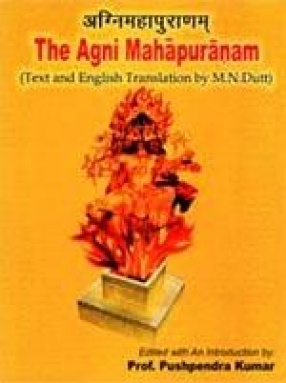
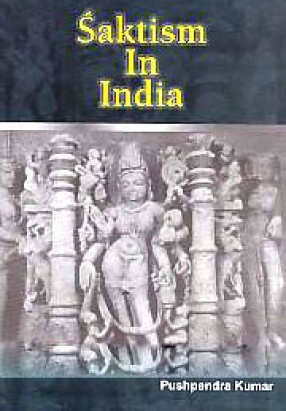
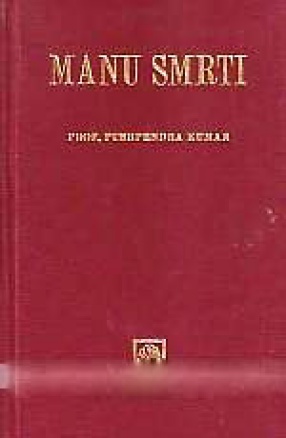
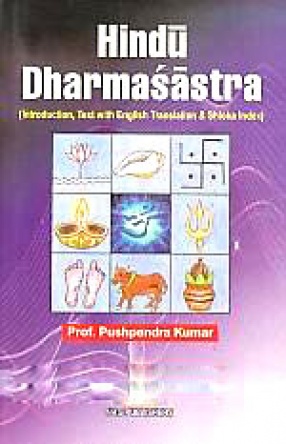
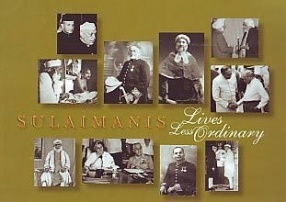
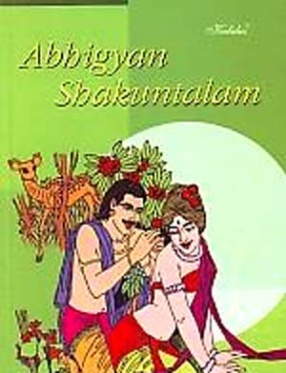

There are no reviews yet.